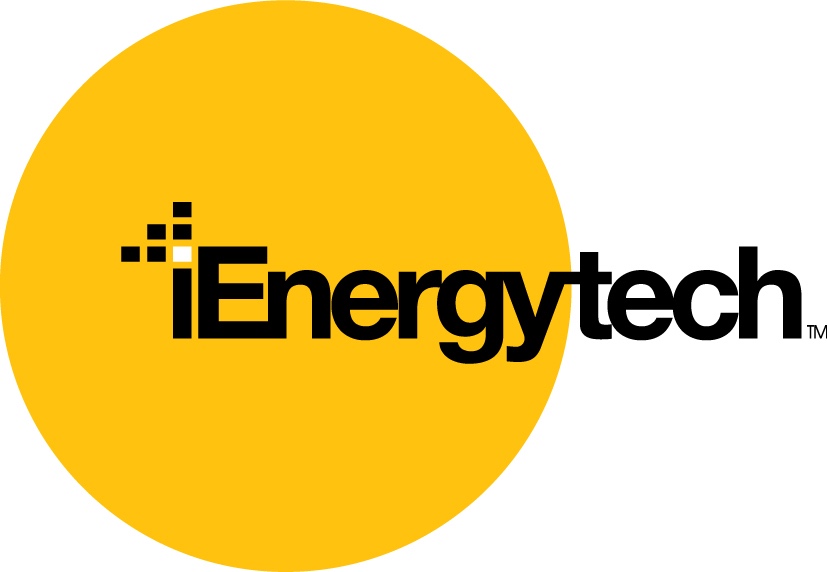Photo from the Micronisers’ project completed in 2014 — Winner of the industry’s first and only Best Practice Installation award.
There are a number of Australian standards that apply to Solar PV. Key of which is AS/NZS 5033 (applies only up to 240kWp systems). Generally the market has the impression that a solar PV installation will meet this standard and those listed below. This is rarely the case. Deviations can be as innocuous as no expansion gaps, to as severe as: loose terminals, high-resistance joints, undersized cables, hazardous installation methodologies resulting in fire risks, etc.
So, how does the customer assess compliance to the standards?
“Did you know that under the current Clean Energy of Australia guidelines, an installer can sign off 2 installs per day. And he/she only needs to be there at: set up; mid job; at testing & commissioning!
And if the installer applies for an exemption he/she can sign off even more per day!”
All iEnergytech installations require the accredited installer to be there throughout the installation. This ensures the right person with the right skill set delivers your project. While it can push the initial cost up, long term, it means a safer, more efficient and fundamentally, a compliant installation.
standards
Does the mandatory Inspection (only applies to some states) satisfy this requirement? And if it did then why are is there such a growing market for auditors? Inspection rarely captures all the key issues and even often misses the obvious ones. This is why iEnergytech does not seek inspectors who conveniently pass systems due to a comfortable relationship with installers or with iEnergytech but instead drive our installers to be that extra pair of eyes and step in the QC process. As such, we select our inspectors carefully.
Some of the other standards that apply to Solar PV:
AS/NZS 1170.2 Wind Actions
AS/NZS 3000:2018 Wiring Rules
AS/NZS 3008.1.1:2017 Electrical Installations - Selection of cables
AS/NZS 4777.1:2016 Grid connection of energy systems via inverters installation requirements
AS/NZS 4777.2:2015 Grid connection of energy systems via inverters
AS/NZS 4777.3-2005 Grid connection of energy systems via inverters Grid protection requirements
AS/NZS 1768:2007 Lightning protection
In addition various building codes and the CEC best-practice guidelines apply.
The standards clearly differentiate between clauses that are mandatory ‘shall’ and those that are recommended ‘should’.

